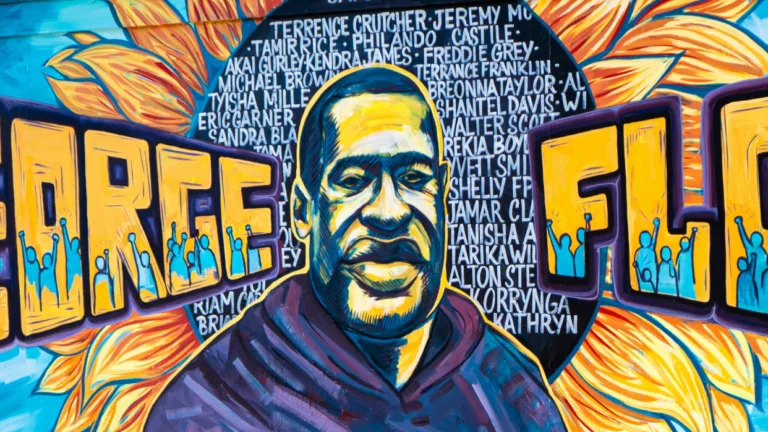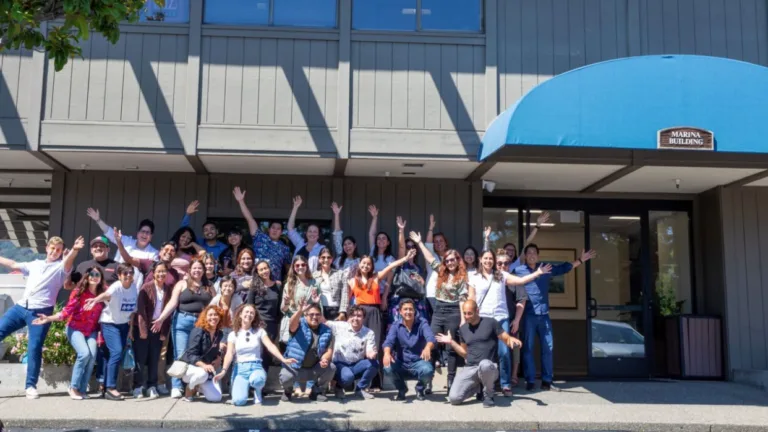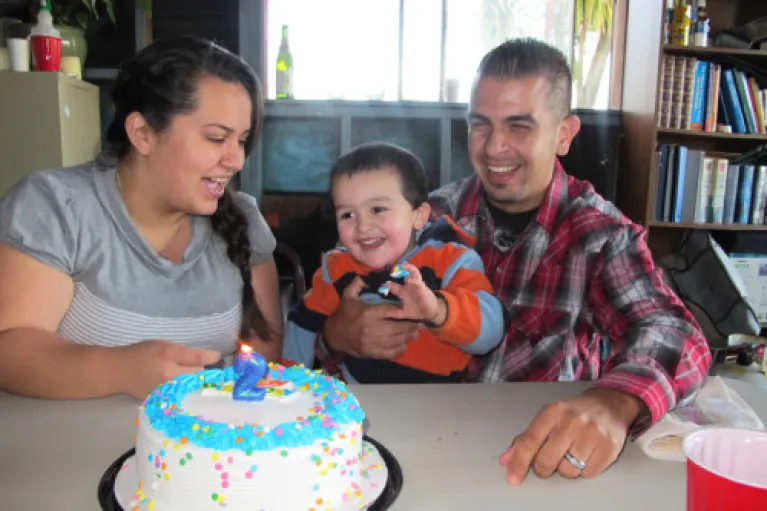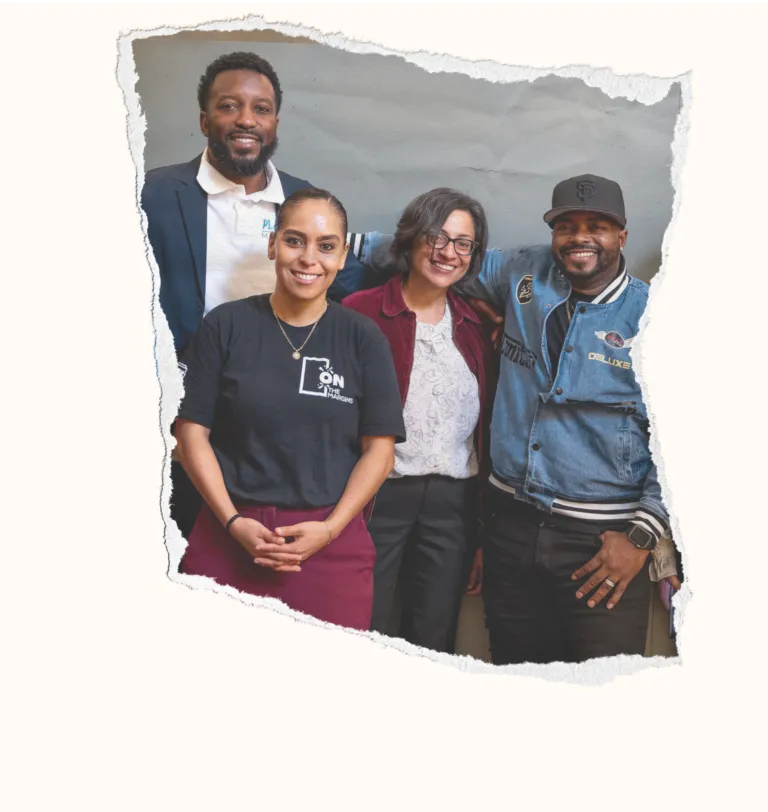An Experience Like No Other
When you open a fund at MCF, you’re officially a philanthropist. And no two philanthropists are alike.
You may join us because you’ve reached a point in your life where you want to give back. Perhaps you want to create a family tradition. Maybe you’ve seen, or experienced, something that has compelled you to take action. Or you're about to go through a significant financial event.
There are a million reasons to give, and they’re all good.
We're here to create the giving experience that feels right for you.
Trust-Based Philanthropy
We're transitioning our grantmaking model to embrace trust, taking some of the burden off the nonprofits in the community who do the hard work, day in and day out. Providing more general operating grants, giving multi-year funding, and requiring less reporting gives them the autonomy they need to do the job.
Our Services
MCF is known for its seamless service and administration. We welcome funds of all sizes and our fantastic Philanthropic Partnerships team will manage your giving with care and the utmost diligence.
Managing a foundation is complex. Let us help. Partner with MCF to handle your administrative, grantmaking, and financial operations - so you can focus on making an impact with your philanthropy.
Our Strategy team brings together experts from around the country - or the world - to craft deeply informed, leveraged approaches to the issues you care about. Complex times demand rigor and ingenuity.
If you are a financial advisor, estate planning attorney, CPA or family office, a partnership with MCF can extend your organization’s services and amplify your impact with clients now, and for future generations.
The Family Office of Philanthropy
When fund sizes exceed $5 million, the type of service that's needed often changes. That’s why we established The Family Office of Philanthropy. We think of it as MCF’s modern alternative to a private foundation.
Donors doing interesting things
Living longer & better

Versatile seaweed

A family affair










